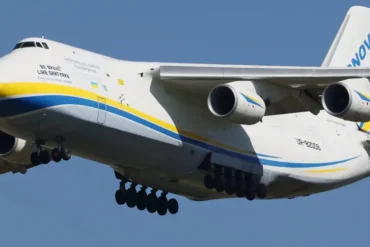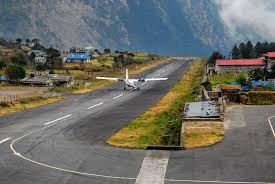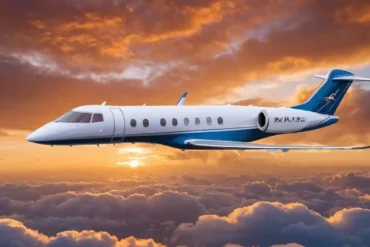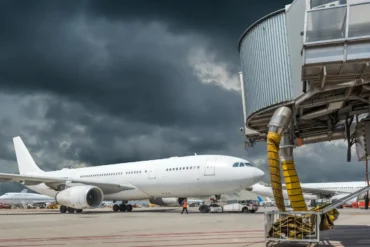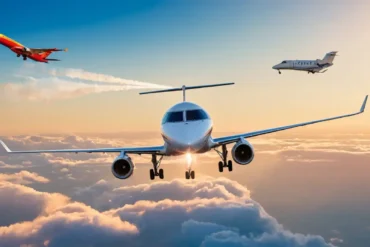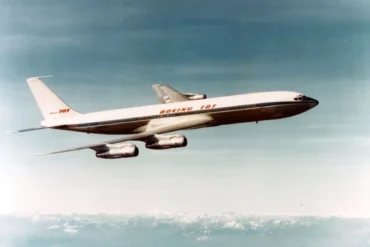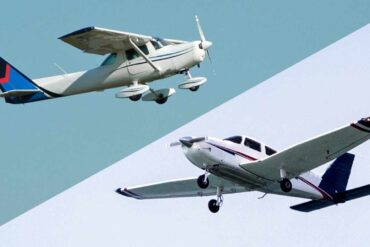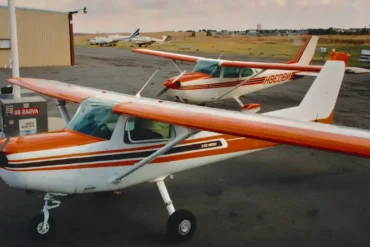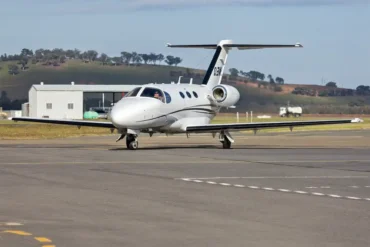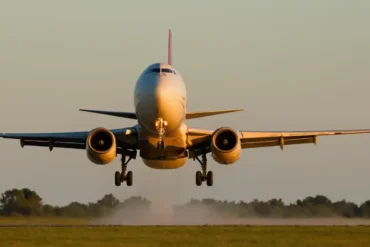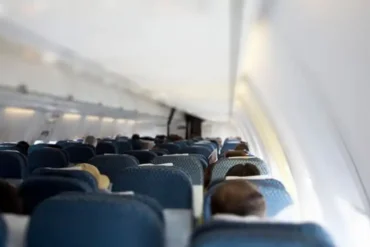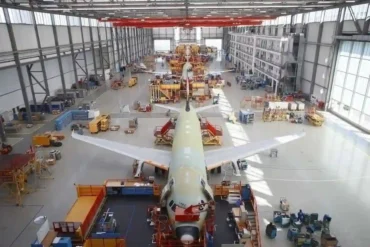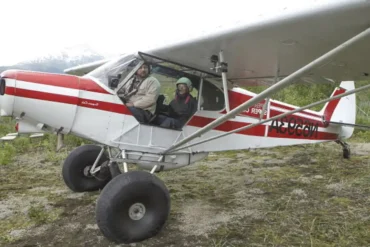Ever wonder how long those big planes you see at the airport can keep flying? Well, most modern commercial planes are built to handle about 30,000 takeoffs and landings, which means they can stick around for about 25 to 35 years. That’s a pretty long time!
The main thing that determines how long a plane can last is how well it handles the stress of pressurization during flights. Think of it like blowing up a balloon over and over again – eventually, it might start to wear out. Also, how the plane is used can affect its lifespan. For example, planes that do a lot of short flights might age faster than others. And sometimes, airlines retire planes early because of money reasons.
Just like your car or any other machine, planes have a certain lifespan. This is based on how well they can handle the stress of flying. The way planes are built is pretty cool – they use something called the “stressed skin” design. This means that the outer skin of the plane, along with other parts like the frame and beams, all work together to keep the plane strong.
Modern commercial planes are usually built to handle about 30,000 takeoffs and landings. In terms of years, that means a plane can last anywhere from 25 to 35 years. Let’s dive into how long some famous planes typically last, according to AviationFile.
Every time a plane takes off and lands, it goes through something called a pressurization cycle. This puts a lot of stress on the plane’s structure. For example, a smaller plane like an Airbus A320 might do 5-6 flights in a day. All those takeoffs and landings add up and can limit how long the plane can keep flying.
How to Make Planes Last Longer
Plane makers use some clever strategies to make sure planes last a long time. One of these is called the “fail-safe” principle. It’s like having a backup plan – if one part fails, the whole plane doesn’t fall apart. For instance, all those pressure changes during flights can cause tiny cracks, but the way the plane is built keeps these from turning into big problems.
Another strategy is called the “safe-life” principle. This is used for parts that can’t have a backup, like landing gear. Instead of waiting for something to break, they check these parts really carefully long before any problems might show up.
Here’s a fun fact: the landing gear on a plane can handle about 30,000 normal landings before it needs a thorough check-up. But to be extra safe, they do a big inspection after just 10,000 landings. It’s like taking your car for a checkup before it breaks down!
How Long Should a Commercial Plane Last?
Plane makers have to balance a lot of factors when deciding how long a plane should last. Smaller planes that do lots of short flights are usually built to handle about 50,000 takeoffs and landings. If a plane like this does about five flights a day, it could keep flying for about 27 years, not counting time spent on maintenance.
Bigger planes that do long flights, like the Boeing 747, are made to handle about 30,000 takeoffs and landings. These planes might only do about 1.2 flights a day on average, which means they could keep flying for over 40 years! Some of the newest planes, like the Boeing 787 Dreamliner, are even tougher and could last for 44,000 takeoffs and landings.
When Planes Age Too Fast
While it’s not unusual for planes to keep flying for over 30 years, sometimes they age faster than expected. Planes that do lots of short flights, like hopping between Hawaiian islands, might wear out quicker because of all the extra takeoffs and landings.
Sometimes, airlines retire planes early because of money reasons. This happened with the really big Airbus A380. Some airlines stopped using these planes after just a few years because they weren’t making enough money with them. As a result, Airbus had to stop making the A380 altogether.
Often, when new, more efficient planes come out, airlines want to replace their older planes. This is why you might see airlines getting rid of planes that aren’t that old. They want to use planes that use less fuel and offer passengers the latest comforts and features.


